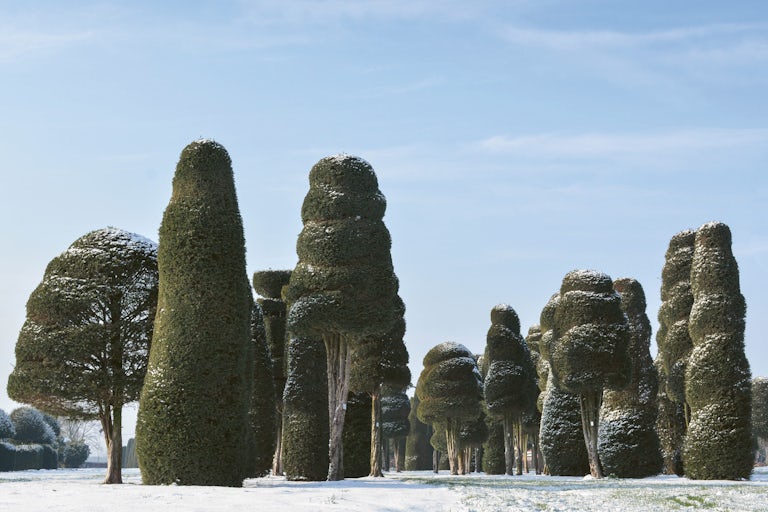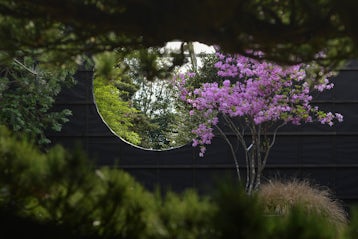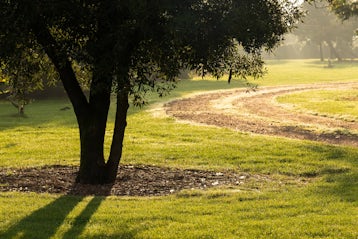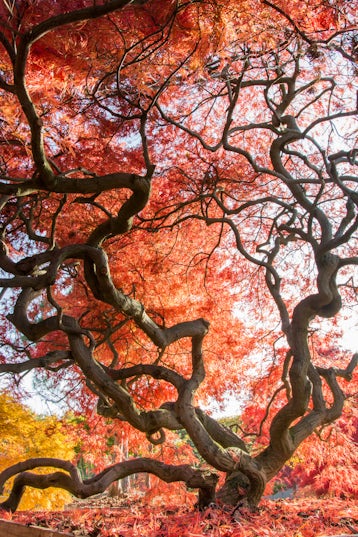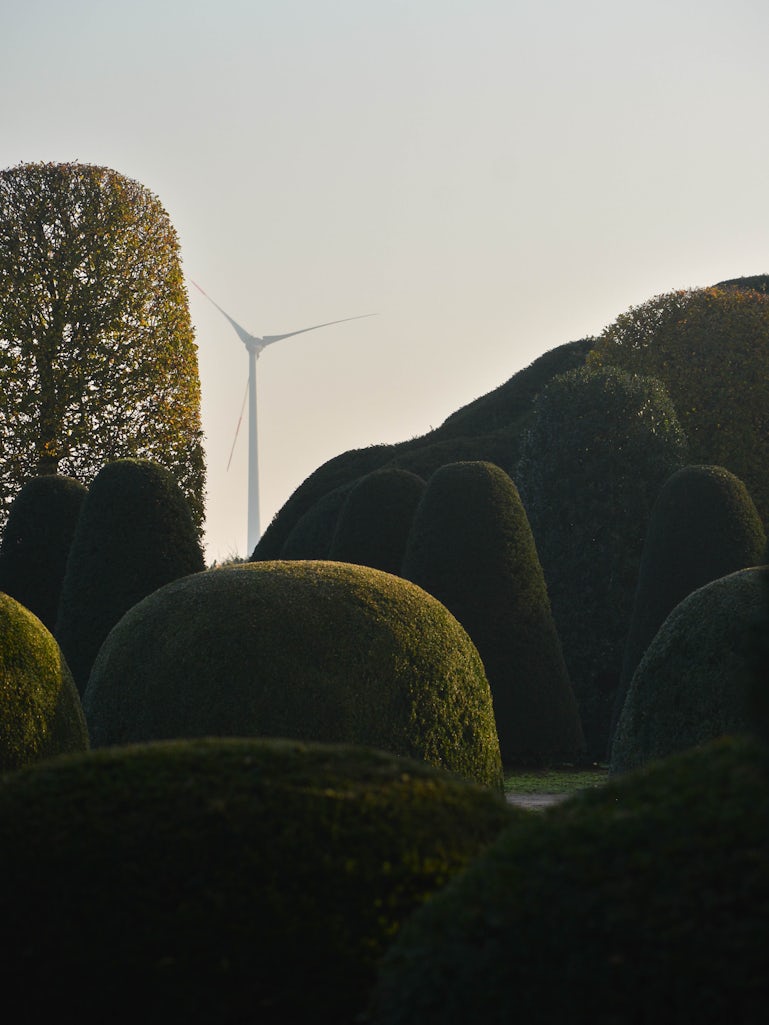
Topiary madness
Topiary lovers, be welcome and admire the art of pruning! Take your time to stroll around and be amazed by both classic and more experimental topiary shapes.
As with our other trees, we also consider the character of each individual important in pruning shapes. Even in duos or series of plants that show identical in group, some differences may occur. This creates a resulting garden with more character and individuality.







The history of topiary dates back to Roman times and has seen a huge evolution in popularity, style and application. It is a tradition that we like to help preserve and where we also like to be surprised by how they are applied in today’s gardens.



H 100/150 W 200/250



H 350/400 W 450/500
VARY WITH SHAPE, CONTRAST, STRUCTURE AND COLOUR.
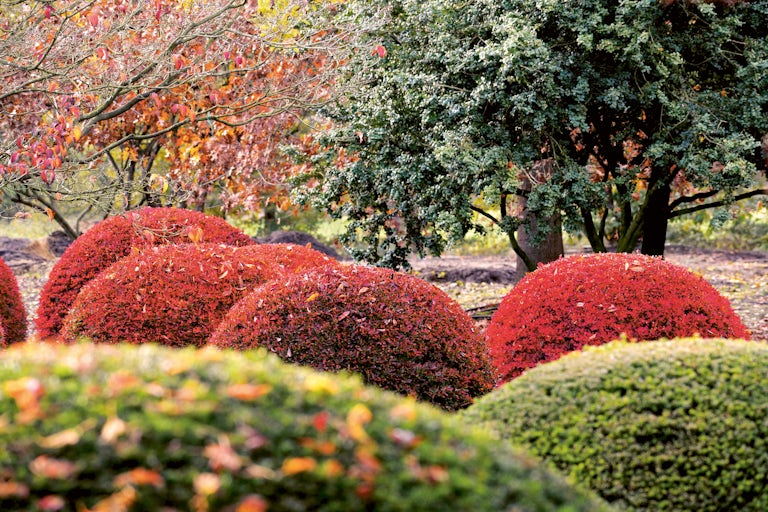




H 400/450 W 250/300

H 250/300 W 300/350

H 600/650 W 300/350


H 300/350 W 150/200




H 200/250 W 400/450
SOME LIKE IT WILD, OTHERS PREFER FORMAL AND OCCASIONALLY IT MAY BE OUT OF THIS WORLD.
